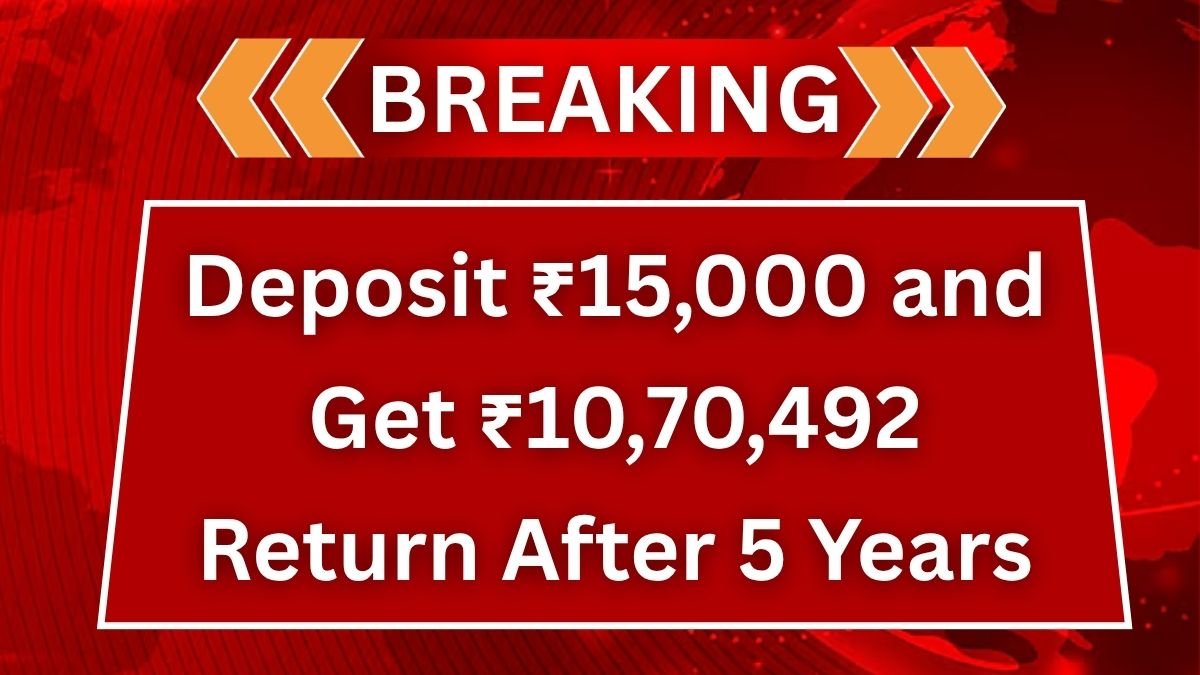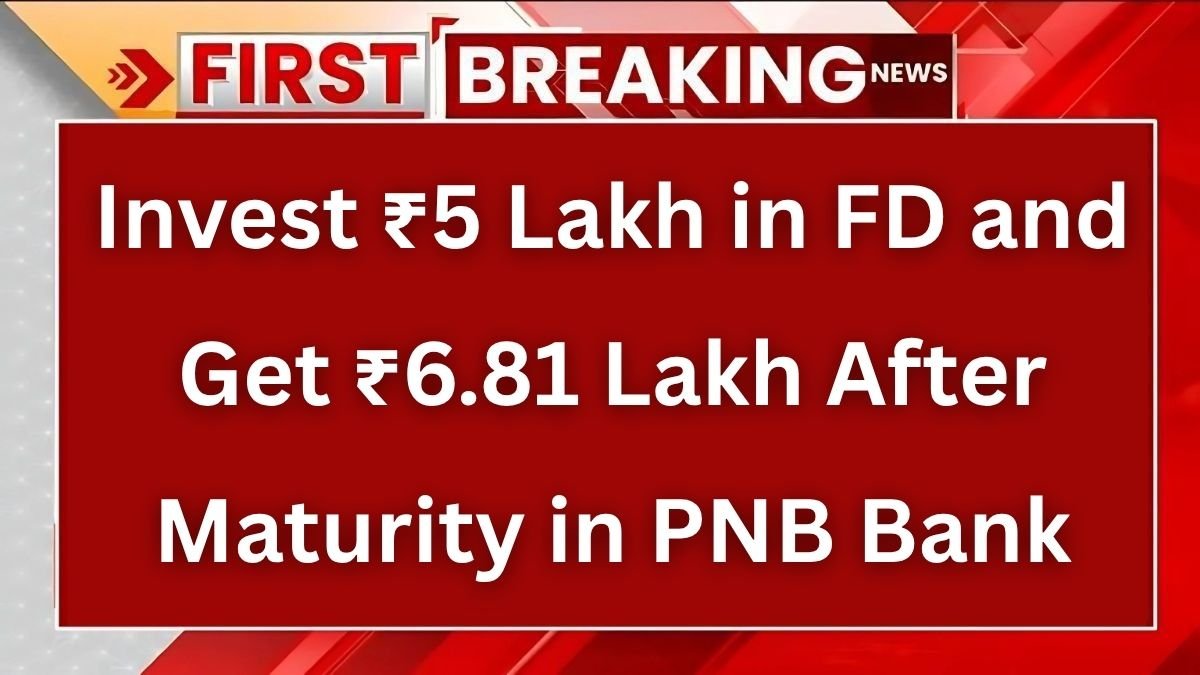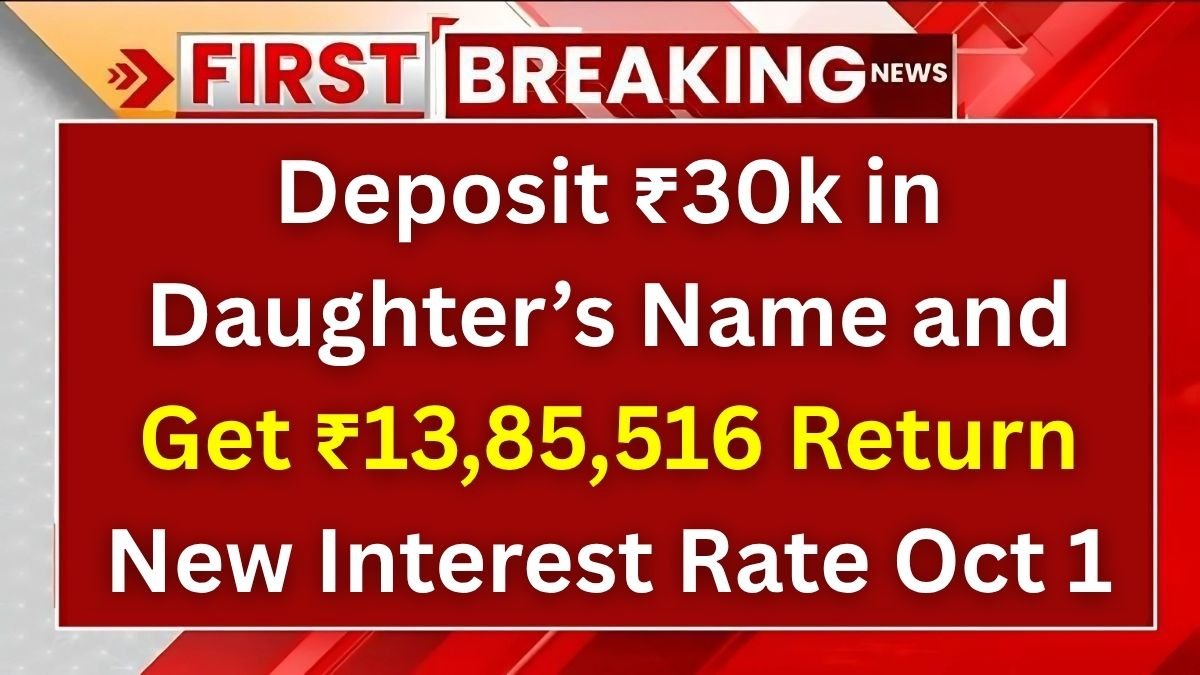Running a small business is never easy. Sometimes the biggest challenge is not customers, not competition, but arranging money at the right time. That’s where loans come in. But the question most small traders ask is should I go for a regular business loan or the government’s Mudra Loan? Both are meant to help, but the terms, eligibility, and benefits are very different.
What is a Regular Business Loan?
A business loan is the standard product offered by banks and NBFCs. It can be used for working capital, expansion, or buying equipment. The interest rates usually range between 11% and 16%, depending on your CIBIL score and the lender. The repayment period can be between 1 to 7 years. The catch? Business loans generally need strong documents IT returns, bank statements, GST records, and sometimes even collateral if the amount is high.
Read more: Car Loan vs Bike Loan: Which Loan is More Beneficial in EMI, Interest Rate, and Salary Criteria?
What is a Mudra Loan?
The Pradhan Mantri Mudra Yojana (PMMY) is designed especially for micro and small businesses. Under this, you can take loans up to ₹10 lakh without collateral. It is divided into three categories:
- Shishu Loan: Up to ₹50,000
- Kishor Loan: ₹50,000 to ₹5 lakh
- Tarun Loan: ₹5 lakh to ₹10 lakh
The interest rate is generally lower than regular business loans, often starting from 8% to 12%, depending on the bank. Since it’s a government-backed scheme, paperwork is simpler, and small traders, shopkeepers, and self-employed people find it easier to qualify.
EMI Comparison on ₹5 Lakh Loan
Let’s assume you take ₹5 lakh from both options for 5 years.
| Loan Type | Loan Amount | Interest Rate | Tenure | EMI (Approx) | Total Interest | Total Payment |
|---|---|---|---|---|---|---|
| Business Loan | ₹5,00,000 | 13% | 5 Years | ₹11,377 | ₹2,82,620 | ₹7,82,620 |
| Mudra Loan | ₹5,00,000 | 9% | 5 Years | ₹10,378 | ₹2,22,680 | ₹7,22,680 |
Clearly, the Mudra Loan is lighter on EMI and saves you around ₹60,000 in total interest compared to a regular business loan.
Salary or Income Criteria
For business loans, banks usually check your annual turnover and profit. They expect you to show at least ₹10–15 lakh yearly turnover for bigger loans. For Mudra Loans, the eligibility is broader—small shopkeepers, street vendors, and micro businesses can apply even if their income is modest. That’s why Mudra Loan has become very popular among new entrepreneurs.
Which One Should You Choose?
If you run a small shop, are self-employed, or have just started your business, a Mudra Loan is definitely better. It has lower interest, simpler paperwork, and no collateral requirement. But if you have a growing business with higher turnover and want bigger funds with flexible usage, a regular business loan might be more suitable.
Conclusion
Both Business Loan and Mudra Loan are designed to support entrepreneurs, but the choice depends on your business size and need. Mudra Loan is best for micro and small businesses who want affordable funds without heavy paperwork. Regular business loans are better for larger businesses looking for higher amounts. If your requirement is ₹5 lakh or less, Mudra Loan is the more pocket-friendly option.
Disclaimer
This article is only for educational and general knowledge purposes. Interest rates and eligibility conditions differ from bank to bank and may change anytime. Please confirm the latest details from official sources before applying for any loan.








